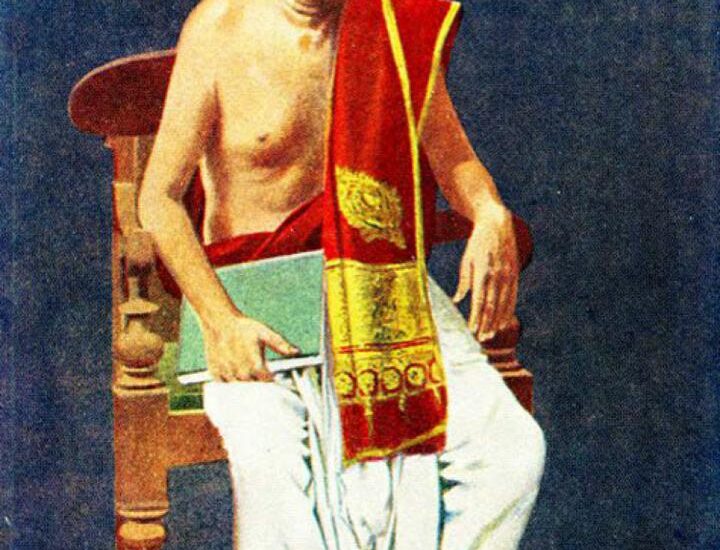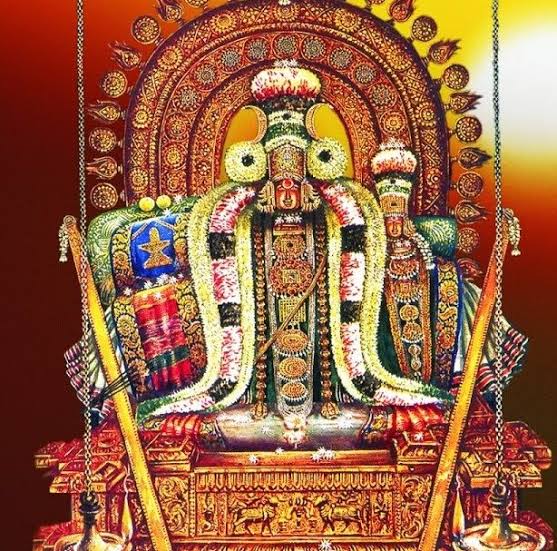Pallavi Gopala Iyer – A Sequel
Since the post I made on Pallavi Gopala Iyer, I came across a couple of more points which I thought should form part of the original post.
WHO WAS PALLAVI GOPALA IYER?
Per Prof Sambamoorthy and Dr B M Sundaram as well, Gopala Iyer was the son of Tsallagali Veeraraghava Iyer as mentioned in my previous post. I should confess that I had not looked to into Dr Sita’s magnum opus, “Tanjore as a Seat of Music” to see what she had to say. Dr Sita provides a brief profile of Pallavi Gopala Iyer under pages 179-180 of her work and therein there is no mention of his forefathers or descendants. Further in pages 256-262, of her thesis/publication, she profiles the famous Minister of the Tanjore Court, Varahappa Dikshita Pandit (1795-1869) along with his descendants and therein she makes a mention of another/different Gopala Iyer who was called Tsallagali Gopala Iyer and he was the son of Tsallagali Veeraraghava Iyer. They were a famous line of vaineekas attached to the Tanjore Court. In sum, there seem to have been two different Gopala Iyers in question, in the Tanjore Court. Also according to Dr Sita, Tsallagali Gopala Iyer belonged to the period of King Sivaji and thus he belonged to a time much latter than Pallavi Gopala Iyer.
The point I want to place on record is that as per Dr Sita, Pallavi Gopala Iyer had nothing to do with Tsallagali Veeraraghava Iyer whose son Tsallagali Gopala Iyer is a different musician from a different time period altogether. My original post refers to Pallavi Gopala Iyer as the son of Tsallagali Veeraghava Iyer, which is based on the account of Prof Sambamoorthy and Dr B M Sundaram. It also needs to be mentioned here that historians/researchers typically refer to the Modi records found in the Saravathi Mahal Library in Tanjore to verify or reconstruct history. Dr Sita provides a facsimile reproduction of a Modi record in her work as an example. Interpreting those records/scripts has a great bearing on the final conclusion/deduction and this may probably account for the divergences that one notices in the two sets of accounts about Pallavi Gopala Iyer.
DISCOGRAPHY:
Secondly, since my original post I came across the rendition of the kriti , “shrI ramA ramani” in the raga Mohanam which is found in Rangaramanuja Iyengar’s Kritimanimalai, attributed to Pallavi Gopala Iyer. Vidvan Sanjay Subramaniam, accompanied by Vidvan S D Sridhar on the violin and Vidvan Trivandrum Vaidyanathan on the mrudangam, opens his All India Radio Concert, broadcast by Chennai A Station on 26th June 2009@ 8:45 AM, with this kriti of Pallavi Gopala Iyer.
http://www.sangeethamshare.org/tvg/UPLOADS-1201—1400/1225-Sanjay_Subramanian/
Apparently this composition was fairly well encountered in concerts decades ago and musicians including G N Balasubramaniam (GNB) used to render it elaborately. As one can see this kriti is structured in the old kriti template, akin to Needumurtini in Nattakurinji which is as under:
Pallavi – 1 avarta of adi tala
Anupallavi – 1 avarta of adi tala
Caranam – 2 avarta of adi tala
Additionally we can see that the kriti template has multiple caranas (at least two) and a cittasvara section spanning 2 avartas of adi tala. This seems to have been the classic structure from the pre-trinity days. Another example from that period is ‘Sphuratute’ in Devagandhari of Paidala Gurumurti Sastrigal notated in the Sangita Sampradaya Pradarshini(SSP). Many of kritis of Melattur Veerabadrayya are in this template as well, barring the cittasvara section. These proto-kriti form comes to us from an age when compositions such as varnas, svarajatis and padas dominated. The trinity perhaps went on to impart a slightly more expansive kriti template, investing sahitya for atleast an additional avarta of tala in the anupallavi and couple of more for the caranams. Muthusvami Dikshitar contributed an additional segment called the madhyama kala sahitya portion as an appendage to the carana. It would’nt be out of place to mention a very odd form for a kriti as utilized by Dikshitar for the kriti ‘Sri Meenakshi Gauri’ in the rare raga Gauri. This kriti as documented in the SSP has a number of oddities bunched together:
- The pallavi itself has a madhayama kala sahitya portion
- The pallavi is immediately followed by a portion of svaras called muktayisvara
- The anupallavi(samashti carana) has four rupaka tala avartas of madhyamakala sahitya followed by 4 avartas of cittasvaras.

